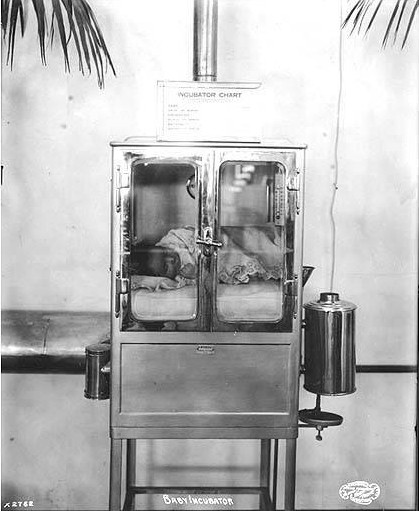Extrapolating a degree beyond the idea of self-replicating machines, George Zarkadakis of the Telegraph wonders whether robots will eventually pair off and hook up, whether the future of “life” will be determined by sexed machines. From his article:
“Perhaps by exploring and learning about human evolution, intelligent machines will come to the conclusion that sex is the best way for them to evolve. Rather than self-replicating, like amoebas, they may opt to simulate sexual reproduction with two, or indeed innumerable, sexes.
Sex would defend them from computer viruses (just as biological sex may have evolved to defend organisms from parasitical attack), make them more robust and accelerate their evolution. Software engineers already use so-called ‘genetic algorithms’ that mimic evolution.
Nanotechnologists, like Eric Drexler, see the future of intelligent machines at the level of molecules: tiny robots that evolve and – like in Lem’s novel – come together to form intelligent superorganisms. Perhaps the future of artificial intelligence will be both silicon- and carbon-based: digital brains directing complex molecular structures to copulate at the nanometre level and reproduce. Perhaps the cyborgs of the future may involve human participation in robot sexual reproduction, and the creation of new, hybrid species.
If that is the future, then we may have to reread Paley’s Natural Theology and take notice. Not in the way that creationists do, but as members of an open society that must face up to the possible ramifications of our technology. Unlike natural evolution, where high-level consciousness and intelligence evolved late as by-products of cerebral development in mammals, in robotic evolution intelligence will be the guiding force. Butler will be vindicated. Brains will come before bodies. Robotic evolution will be Intelligent Design par excellence. The question is not whether it may happen or not, but whether we would want it to happen.”
Tags: George Zarkadakis

